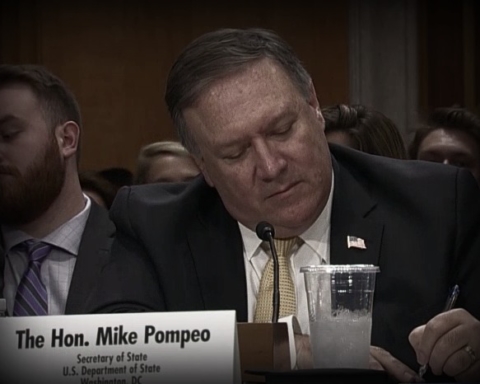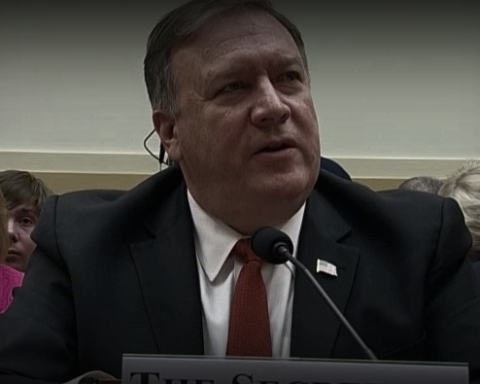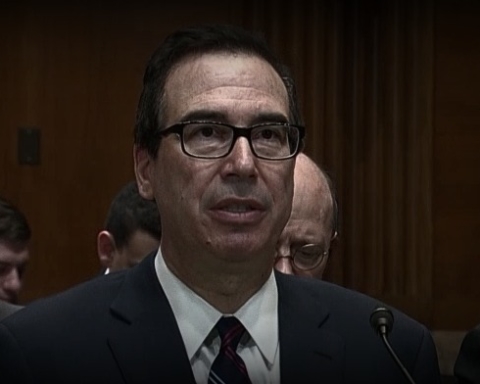More than 40,000 Afghan soldiers have dropped out of their national fighting force in the last year, according to previously classified data released by the Defense Department after a public spat with a government watchdog.
The Special Inspector General for Afghan Reconstruction, John Sopko, released a supplemental report on Tuesday containing information about the US effort to support Afghanistan’s government in Kabul – roughly a month after the information was stripped out of a separate SIGAR report by DOD officials.
The new data shows an Afghan National Army (ANA) in decline, despite the more than $33 billion spent by the US on building up its fighting capabilities.
“Attrition continues to be a major challenge for the ANSF [Afghan National Security Force],” SIGAR found, noting that between October 2013 and September 2014, more than 40,000 personnel were “dropped from ANA rolls.” An additional 1,300 soldiers were killed, and 6,200 wounded, in ongoing fighting since the Fall of 2013.
Sopko, however, cautioned that these numbers might not be accurate. In a statement preceding the SIGAR supplemental report, Sopko blasted the US military’s “inconsistent reporting” on ANSF strength numbers, which he noted, “indicates long-standing and ongoing problems with accountability and personnel tracking.”
According to Sopko, just hours before the release of the supplemental report, he was notified that ANSF strength numbers were wrong due to an “accounting error.” He later learned that the military had known about the error since September 2014, and had notified the Pentagon, but did not inform SIGAR, despite reviewing numerous draft reports submitted by the inspector’s office. Those wrong numbers were eventually published in a classified version of Sopko’s January report that was made available to Members of Congress.
“These inconsistencies are deeply troubling,” Sopko said.
Curiously, the “corrected” numbers provided to Sopko for publication show Afghan Army personnel numbers dropping at a slower clip than the previously classified data demonstrated.
Additionally, SIGAR raised concerns over “large quarter-to-quarter fluctuations in the ANA numbers—sometimes 20,000 personnel or more,” including both soldiers and Ministry of Defense staff.
Those numbers were provided, “without supporting documentation for the sudden change,” according to SIGAR, which also raised concerns about the “accuracy” and “validity” of reported Afghan National Police Numbers.
The Sentinel noted in January that the Pentagon’s decision to classify once-declassified data coincided with President Obama publicly declaring that combat missions in Afghanistan were over for American troops, while issuing a secret directive to keep the US military engaged in fighting.
Senators, like Chuck Grassley (R-Iowa), who said at the time that the newfound secrecy “raises question” may still have lingering questions about the new report, despite the Pentagon’s decision to reverse course and publicly release much of the data. Still classified, according to Sopko, are numbers pertaining to “corps-level Afghan National Security Forces (ANSF) personnel strength data, future requirements for Afghan Air Force (AAF) equipment, the number of trained AAF pilots, and operational data on the Afghan Special Mission Wing” – areas of the Afghan fighting force that will likely be most influenced by ongoing US assistance. As the Times reported in November, President Obama’s has allowed the continuing use of “American jets, bombers and drones to support Afghan troops on combat missions.”
At the heart of the issue might be concerns about publicizing the readiness – or lack thereof – of all Afghan security forces. As The Sentinel has noted, A top US commander said late last year that all Afghan security forces suffered over 9,000 fatal casualties in 2013 and 2014, and described the killed-in-action rate as “unsustainable.”
Also missing from Tuesday’s amended report are answers to several questions that SIGAR posed to the State Department.
In January, Sopko took aim at the State Department, which “failed to respond to SIGAR’s attempt to follow up” on its economic and social development programs in Afghanistan.
Spokeswoman Jen Psaki claimed in January that the State Department had “just missed the deadline,” and it intended to have SIGAR’s questions answered by the next quarter.
In Tuesday’s supplemental report, the department provided answers to several more of SIGAR’s questions, but still declined to answer others, including on matters related to a reconciliation process with the Taliban, US financial aid to fill Afghan budget deficits, and efforts to hold individuals accountable for “economic crimes” related to Kabul Bank.
The State Department did provide information on a new mining law, noting that the Afghan Parliament passed a “key investor-friendly” amendment that will allow for the transfer of mineral exploration and exploitation, in accordance with “common international norms.”
That amendment is currently under consideration in the Upper House of Afghanistan’s national legislature.
Read SIGAR’s full supplemental report here.






